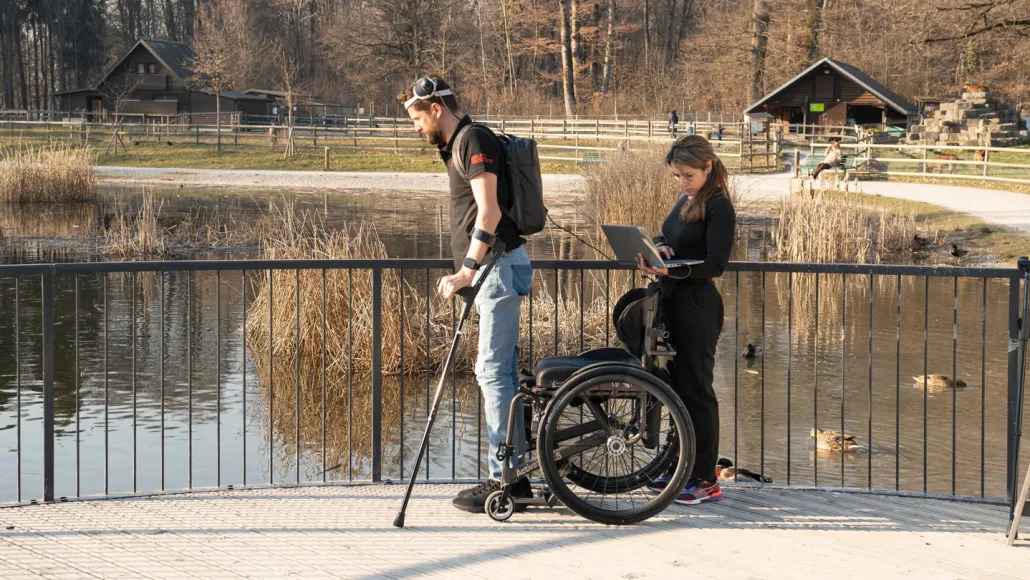United States: Anticipation surrounds a diminutive yet flexible device poised to revolutionize spinal injury therapy.
Detailed in the journal Science Advances, researchers from the University of Cambridge present a device capable of encompassing the spinal cord’s entirety, providing a panoramic view of its activity.
Further Insights from the Study
Experimental trials on both animals and human cadavers have demonstrated the device’s efficacy in inducing limb movement and bypassing complete spinal cord severance.
This innovation holds promise in reinstating lost or injured connections between the brain and spinal cord.

George Malliaras, the research co-leader and a professor of technology at the University of Cambridge Department of Engineering, said, “The spinal cord is like a highway, carrying information in the form of nerve impulses to and from the brain,” as US News reported.
“Damage to the spinal cord causes that traffic to be interrupted, resulting in profound disability, including irreversible loss of sensory and motor functions,” added further.
About the Novel Methodology
Conventional strategies for restoring spinal cord function involve invasive procedures such as electrode insertion into the spinal cord or brain implants, both fraught with risks, experts clarify.
The innovative approach of enveloping the spinal cord offers a ray of hope for spinal injury treatment, negating the need for cranial bone exposure. This transition from invasive to non-surgical interventions marks a significant advancement in patient care.
Continuous monitoring of spinal cord signals throughout its length promises to revolutionize spinal injury treatment, offering surgeons real-time insights into its condition during procedures.
The device, a sleek, high-resolution implant, delicately traces the spinal cord’s contours, providing an unprecedented 360-degree view, devoid of any associated risks.
Dr. Damiano Barone, the co-lead researcher and, a clinical lecturer in neursurgery at the University of Cambridge School of Clinical Medicine said, “Most technologies for monitoring or stimulating the spinal cord only interact with motor neurons along the back, or dorsal, part of the spinal cord,” as US News reported.
“These approaches can only reach between 20% and 30% of the spine, so you’re getting an incomplete picture,” he added.
Moreover, according to Malliaras, “It was a difficult process, because we haven’t made spinal implants in this way before, and it wasn’t clear that we could safely and successfully place them around the spine.”
And “But because of recent advances in both engineering and neurosurgery, the planets have aligned, and we’ve made major progress in this important area.”











Leave a Reply